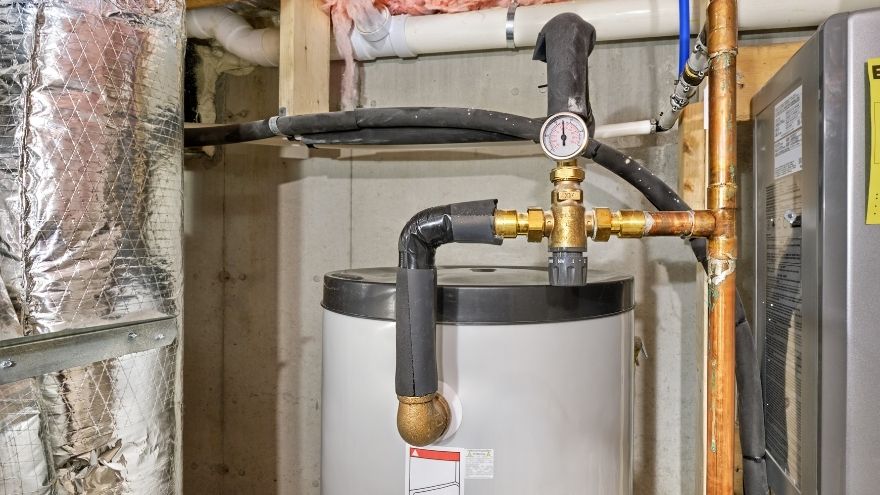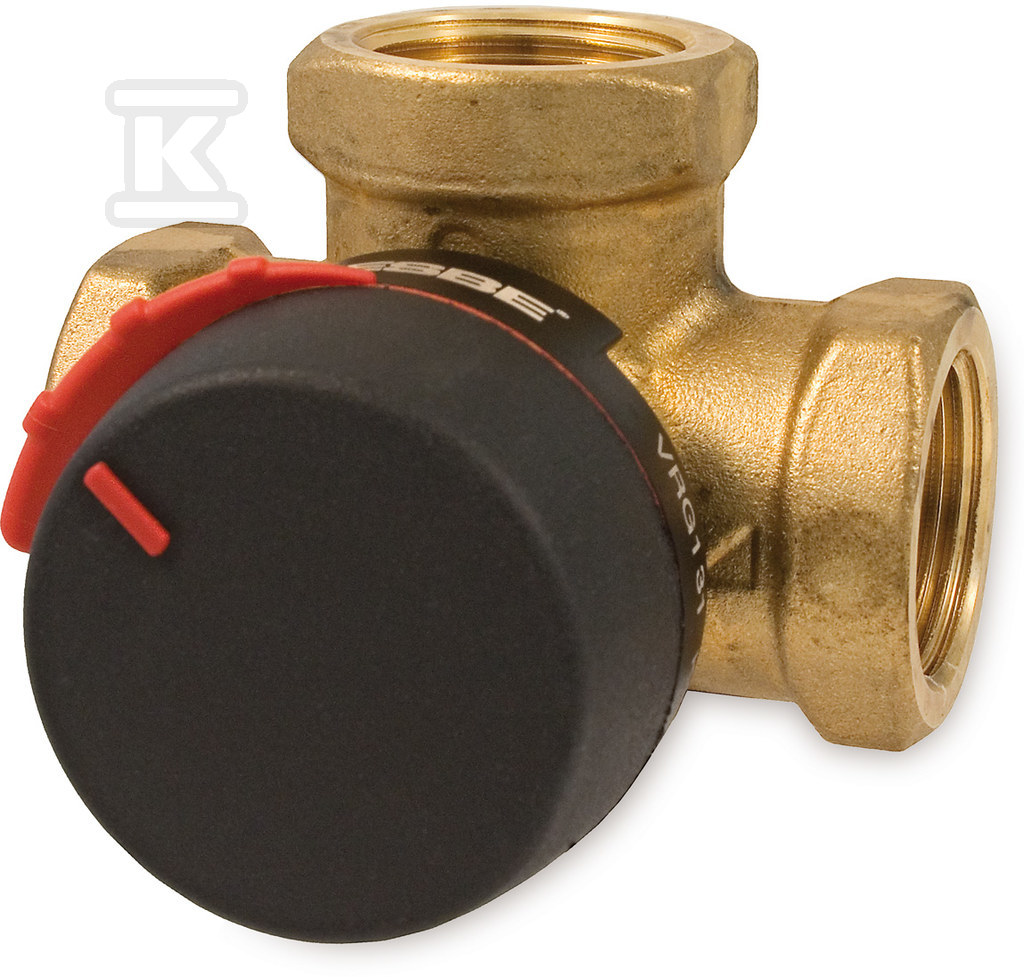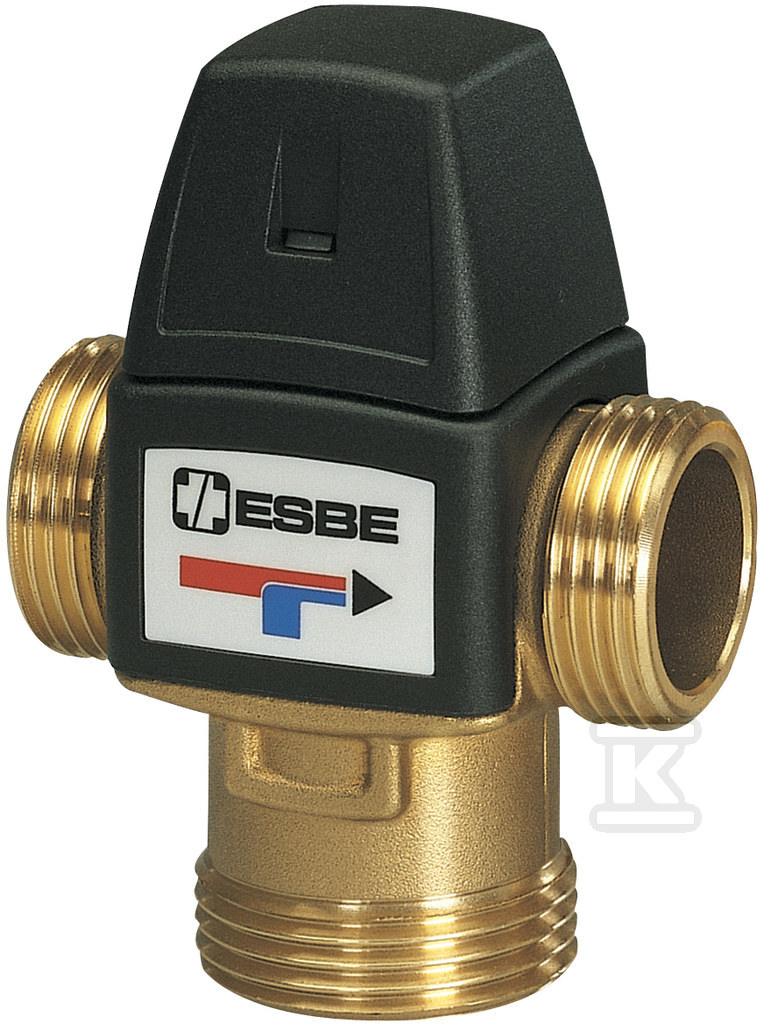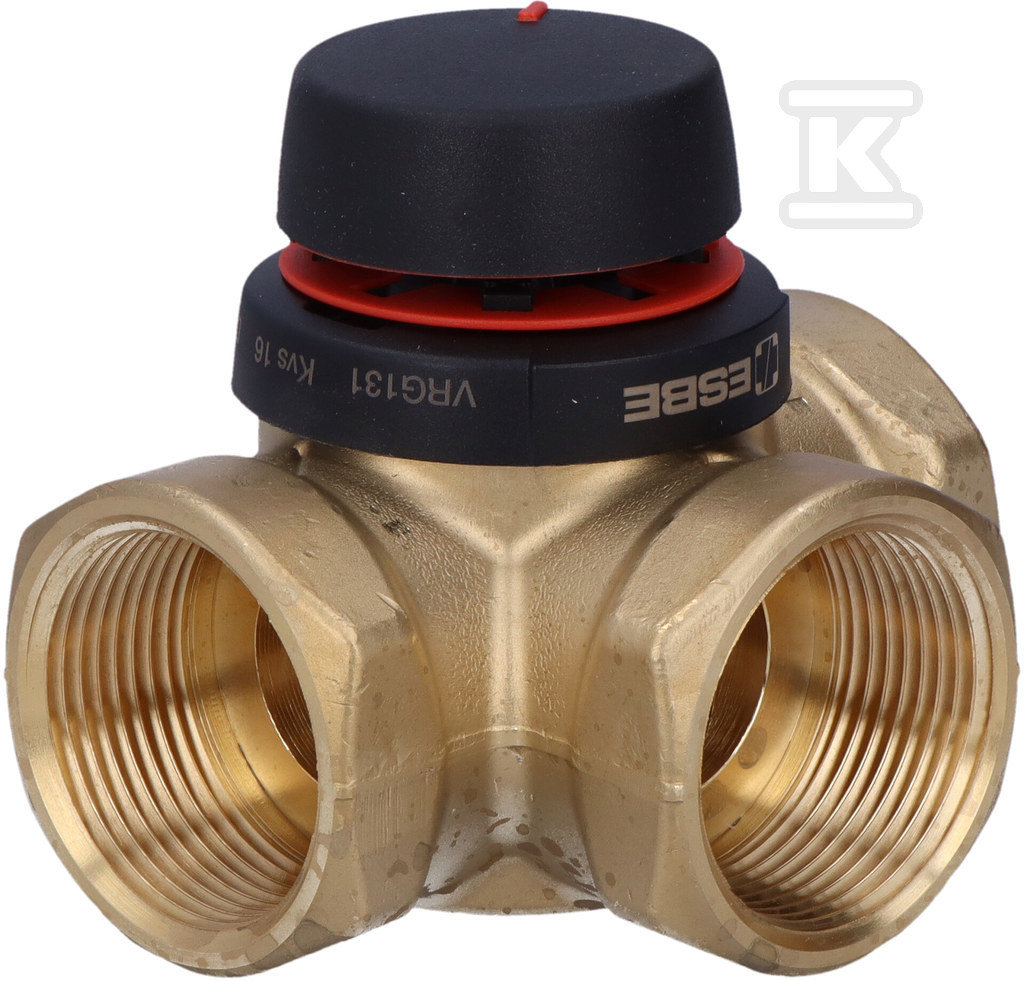Mixing valves are a basic structural element of the heating system. The use of such parts is crucial to ensure the efficient functioning of the heating system, and especially in the case of underfloor heating. So how to choose a thermostatic mixing valve for underfloor heating? Learn the principle of operation, types and reasons why it is worth choosing professional parts for heating systems.

Check out ESBE mixing valves at the Onninen wholesaler
Why are mixing valves crucial in heating systems?
The technologically advanced ESBE mixing valves connect water pipes in heating systems. Thanks to this, a correctly prepared system by the installer allows easy control of the mixing of hot and cold water in optimal proportions.
In practice, mixing valves in the heating system:
- protect against scalding, e.g. when connected to the domestic hot water system;
- regulate the operating temperature of underfloor heating;
- are responsible for mixing hot and cold water, e.g. for cooling the installation pipes;
- ensure full efficiency of the heating installation.
 So the mixing valve, or more precisely the thermostatic mixing valves in the underfloor heating system, are responsible for setting the optimum temperature in the pipes. For example, if the liquid from the cold water pipe is colder than required to achieve the desired temperature, then the valves allow a greater flow of hot water from the other pipe.
So the mixing valve, or more precisely the thermostatic mixing valves in the underfloor heating system, are responsible for setting the optimum temperature in the pipes. For example, if the liquid from the cold water pipe is colder than required to achieve the desired temperature, then the valves allow a greater flow of hot water from the other pipe.
This ensures that the temperature of the medium is maintained at the right level at all times. The concept of continuous max is also important here, which for advanced mixing valves is 95 degrees Celsius.
If you are planning to buy an ESBE VGR mixing valve or an ESBA VTA mixing valve , be sure to check out our product catalogue. There you will find not only a pressure drop diagram, but also information and data such as optimal static pressure and differential pressure.
Types of ESBE mixing valves and their applications
 There are many types of ESBE mixing valves available on the market. Both the ESBE VRB mixing valve and models from other series are available in several versions:
There are many types of ESBE mixing valves available on the market. Both the ESBE VRB mixing valve and models from other series are available in several versions:
- mixing valves with manual adjustment – in this case the user or service technician manually regulates the operating temperature of the heating system;
- thermostatic mixing valves – the thermostatic head is responsible for automatic regulation of the flow of hot and cold water;
- electronic mixing valves – the most convenient to configure, facilitate precise temperature regulation even using remote software.
Structural parts are similar to heating systems. They differ mainly in the way water flow is regulated in pipes and directly by the regulator.
Moreover, mixing valves are also divided into three-way, four-way versions and options with an actuator, which improves the level of precision of the heating system element regulation.
How to choose an ESBE mixing valve for your specific installation?
 When selecting mixing valves at the installation stage for heating systems, e.g. underfloor heating, it is worth paying attention to several parameters:
When selecting mixing valves at the installation stage for heating systems, e.g. underfloor heating, it is worth paying attention to several parameters:
- connection length and diameter;
- maximum differential pressure;
- maximum medium temperature;
- body and housing material;
- water flow level;
- temperature control range.
Select the type of mixing valve so that it fits perfectly with the heating system being prepared. If the underfloor heating is to be integrated with smart home systems, then it will be necessary to use electric valves. In the case of classic installations, a regular ESBE valve without a thermostat and electronic controller is sufficient.
Installation and maintenance of ESBE mixing valves – practical tips
Correct installation and setting of ESBE mixing valves is crucial for trouble-free operation of the central heating and domestic hot water installations . The mixing valve itself should be installed after the circulation pump. This is the most commonly used configuration, thanks to which it is easy to regulate the temperature of the water returning to the boiler.
In domestic hot water systems, the valve must be placed just before the heat pump. This protects the unit from sudden changes in water temperature and directly affects its efficiency.